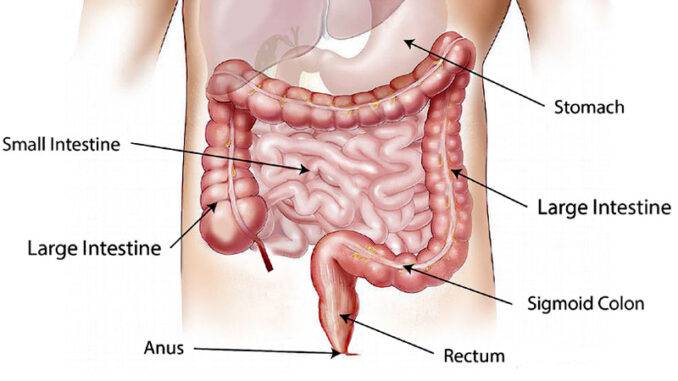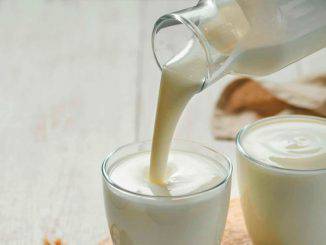
What is lactose?
Let’s first clarify what lactose is. Lactose is a sugar found only in milk and dairy products like cheese, cream, or butter.
To be digested in our gastrointestinal tract, lactose needs an enzyme called lactase that breaks lactose into galactose and glucose absorbed into the bloodstream.
Lactase is important for our digestion because when we consume dairy products, its deficit may lead to lactose indigestion that causes symptoms like bloating, abdominal pain, flatulence, nausea, and diarrhea. In such cases, we are talking about lactose intolerance.
What is lactose intolerance?
Three terms are connected to our bodies’ reactions to milk products, which often get mixed and confused. These are “Milk allergy”, “Lactose intolerance,” and “Lactose malabsorption”.
Lactose intolerance and lactose malabsorption have nothing to do with milk allergy.
Milk allergy is a severe autoimmune disease where the body reacts to milk proteins, sometimes very violently. Milk allergies can cause severe symptoms, including a life-threatening anaphylactic shock.
Unlike milk allergies, lactose intolerance and lactose malabsorption are associated with the way lactose (milk sugar) gets processed in our gastrointestinal tract. Lactose malabsorption and lactose intolerance are not related to milk allergies in any way!
No more than 2% of the world’s population is affected by milk allergies, while the people affected by different levels of lactose intolerance are between 65 and 70% of the population.
We deal with lactose malabsorption when milk products are not fully processed in our guts, but any symptoms do not accompany this.
On the other hand, lactose intolerance occurs when lactose malabsorption is followed by a series of symptoms like bloating, cramping, flatulence, nausea, or diarrhea. Not all people with lactose malabsorption have symptoms of lactose intolerance.
Lactose intolerance consists of a series of unpleasant symptoms like bloating, flatulence, or diarrhea, due to the deficit of an enzyme called lactase in the gastrointestinal tract.
Lactose intolerance is neither a disease nor a disorder. It is a health-related condition that affected people can efficiently address.
What causes lactose intolerance?
As mammals, we humans rely on our mothers’ breast milk to feed at the beginning of our lives, which is why babies are typically born with plenty of lactase.
The amount of lactase in the human body may, however, decrease with age. Over time, humans eat more diverse food and rely less on milk. With age, lactase synthesis in our bodies may fall, mainly when no milk products are digested for more extended periods.
Studies show that around 65–70% of all adults have different forms of lactose intolerance. This intolerance may vary from very mild to severe and varies widely between regions and ethnic groups. It is less common in Europe while more widespread in the Middle East and Africa.
How can Kefir help with lactose intolerance?
Although lactose intolerance may look obvious by simply avoiding lactose-containing products, things are much more complex than that.
Refraining from consumption of milk and dairy products not only limits us from the pleasure of eating lots of really delicious foods, but people not getting enough milk and dairy products may become deficient in vital nutrients like calcium, vitamin D riboflavin, and protein.
However, fermentation processes may drastically decrease the lactose content of milk, thus making it much more tolerable.
The bacteria and yeast found in Kefir are known to decrease lactose in milk to considerably lower levels by actually breaking lactose down into lactic acid, ethanol, and carbon dioxide. As a result, almost no lactose remains in Kefir.
Additionally, Kefir and yogurt improve lactose absorption because when ingested, they release their own lactase enzyme, which facilitates digestion and alleviates the symptoms connected to lactose intolerance.
While milk Kefir may not be 100% lactose-free, even Kefirs made of natural kinds of milk (cow, goat, or sheep milk) contain very low quantities of lactose and are well accepted by lactose-intolerant people. Furthermore, there are non-dairy options that allow obtaining 100% lactose-free Kefir.
Yes, the non-dairy options of making Kefir with soy milk, coconut milk, almond milk, or cashews milk will allow you to get a 100% lactose-free product while still preserving Kefir’s nutritional benefits and probiotic power.



